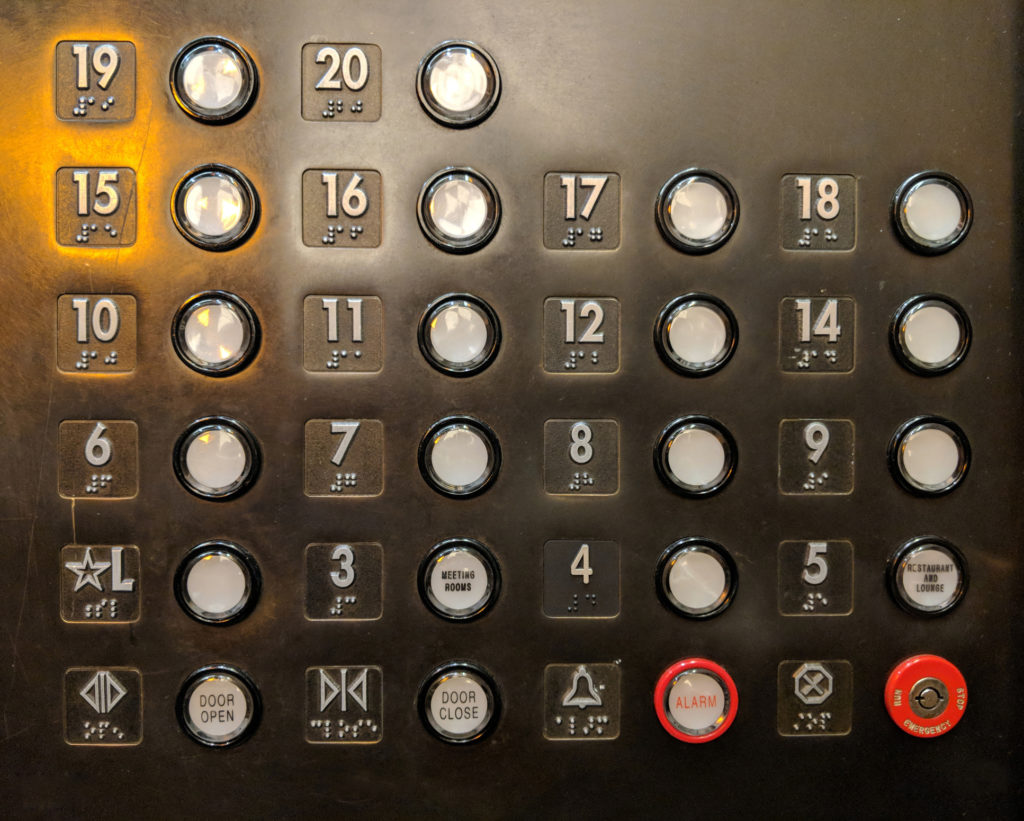Original Article:
https://hoaresources.caionline.org/who-is-responsible-for-a-limited-common-element/

The sidewalk, the road, the park bench, the elevator, the streetlights, and more belong to and benefit everyone in a homeowners association. These common areas or common elements are shared property maintained by the association and enjoyed and used by all residents. The money for repairing and replacing these elements comes from the community’s operating budget or reserves, which are funded by everybody’s collective annual assessments.
Condominium balconies, parking spots, roofs, and sometimes even windows and doors—while designated for the exclusive use of one resident—also are considered part of a community’s infrastructure. But who is responsible for maintaining and repairing a common element that’s used by only one household? The resulting disputes happen more often than you might imagine and are diverse and complicated to resolve. But according to some attorneys in this business, the answer to most of the conflicts are readily available.


